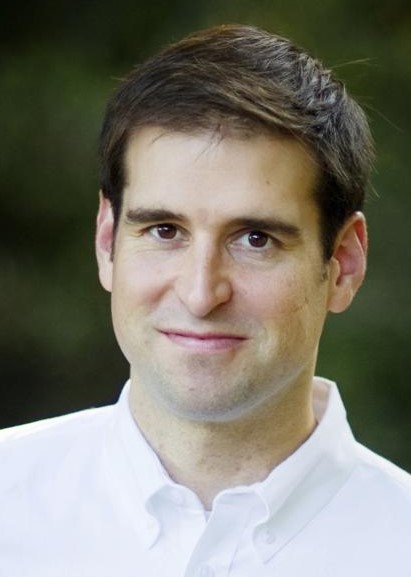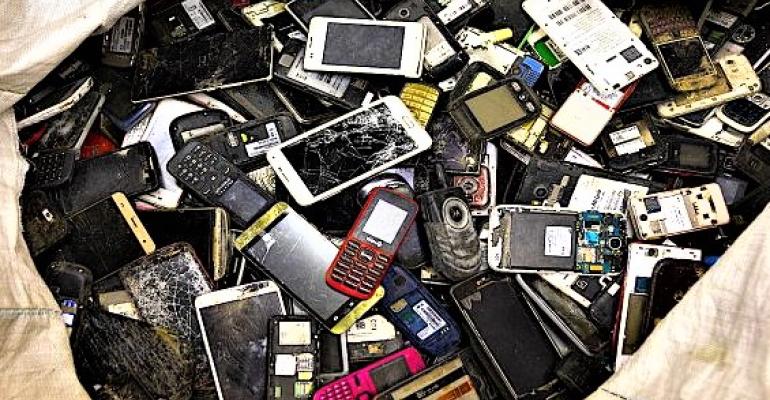Redwood Materials plans to spend $3.5 billion to build a plant outside Charleston, SC, that will recycle old batteries for the critical materials to be used in new batteries for electric vehicles.
Construction of the recycling center will begin in first-quarter 2023 and recycling should begin by the end of the year, say executives with Redwood Materials. Company founder JB Straubel (pictured, below left) was Tesla’s chief technology officer until 2019 and is credited with helping guide the development of the leading BEV maker’s core technology.
 Like Redwood’s first plant near Tesla’s Gigafactory outside Reno, NV, the South Carolina operation will use no fossil fuel in its industrial processes, the company says.
Like Redwood’s first plant near Tesla’s Gigafactory outside Reno, NV, the South Carolina operation will use no fossil fuel in its industrial processes, the company says.
Redwood says its operations combine recycling, refining and remanufacturing to produce and return battery materials to U.S. battery cell manufacturers by taking in end-of-life batteries and breaking them down to their basic metals such as nickel, copper, cobalt and lithium. It then rebuilds those metals into cathode and anode products, the most critical and expensive components in an EV.
The campus Redwood plans to build near Charleston will create more than 1,500 jobs and will produce 100 GWh of cathode and anode components per year – enough to power more than 1 million EVs. The site also provides the opportunity to meet future demand by expanding operations to potentially several hundred GWh annually.
Localizing the production of critical battery components in the U.S. and ensuring these materials are recycled is the only way to drive down costs, emissions and geopolitical risks while meeting U.S. battery and electrification demand, Redwood says on its website.
Currently, anode and cathode components needed for batteries are sourced through a global supply chain that will force U.S. battery manufacturers to spend more than $150 billion overseas on these components by 2030, the company says.
Meanwhile, a manufacturing corridor stretching from Michigan to Georgia is becoming America’s “Battery Belt” where hundreds of GWh a year of battery-cell-production capacity will be built and start operating between now and 2030.
Redwood’s partners include Toyota, Volvo, Envision AESC and Panasonic, which in November signed an agreement with Redwood to purchase cathode material for Panasonic battery plants in the U.S. “South Carolina allows us to meet our partners’ demand while also scaling in the most sustainable and cost-effective way,” Redwood says.
Redwood says provisions of the Inflation Reduction Act and the company’s strategic location in South Carolina offer the opportunity to invest more at home while potentially exporting components in the future, positioning the U.S. to become a global leader in this manufacturing capability.





